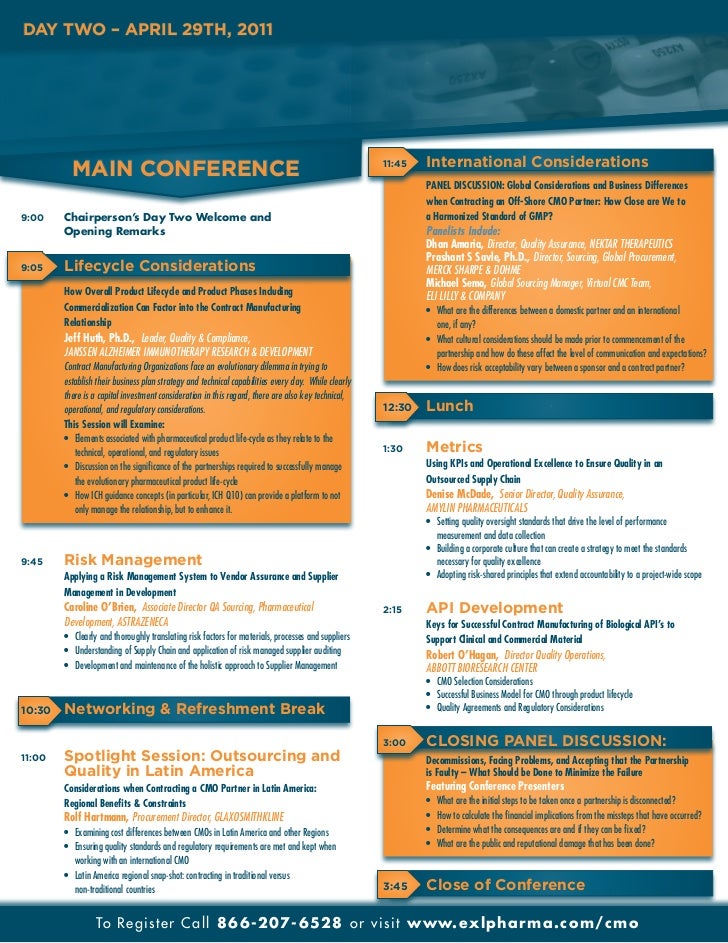

And, by vesting responsibility and authority for certain audit-related actions in the audit committee-to the exclusion of the full board, management, and shareholders-Sarbanes-Oxley appears to alter the traditional delegation, under state law, of board power to a committee. The audit committee now is directly responsible for appointment, compensation, retention, and oversight of independent auditors who report directly to the audit committee. Importantly, in the wake of Sarbanes-Oxley, the relationship between management and outside auditors has been replaced by one between the audit committee and outside auditors. Their responsibilities have been expanded in major ways and now include ensuring accountability on the part of management and internal and external auditors making certain all groups involved in the financial reporting and internal controls process understand their roles gaining input from the internal auditors, external auditors, and outside experts when needed and safeguarding the overall objectivity of the financial reporting and internal controls process. role represent major challenges for audit committees. 23.įulfilling all of the duties and responsibilities assigned to them under recent legislation and newly adopted stock exchange rules and shifting to a more proactive oversight Regulatory review, monitoring, and supervision used in reporting and monitoring internal controls. The SEC and the stock exchanges followed with additional new regulations and rules to strengthen audit committees. In 2002, Sarbanes-Oxley increased audit committees’ responsibilities and authority, and raised membership requirements and committee composition to include more independent directors.

The stock exchanges quickly followed suit by either requiring or recommending that companies establish audit committees. The Securities and Exchange Commission (SEC) first recommended that publicly held companies establish audit committees in 1972. Traditionally, the role of the audit committee has been to oversee, monitor, and advise company management and outside auditors in conducting audits and preparing financial statements, subject to the ultimate authority of the board of directors. Three sections of Sarbanes-Oxley are especially relevant: section 302, which outlines corporate responsibility for financial reports section 404, which covers management assessment of internal controls and section 409, which requires more rapid public disclosure of so-called material events in company performance. For example, the provisions of the Sarbanes-Oxley Act call for senior finance executives and the audit committee of the board to take a much more active role in the operations of the business, as they are charged with certifying the strength of both a company’s internal controls and the information they generate. Complying with the new regulations has not only dramatically increased the workload and responsibilities of CFOs, finance teams, and directors, but it also has fundamentally changed their role and their relationship with other, nonfinancial groups within the corporation.


 0 kommentar(er)
0 kommentar(er)
